Post by Mary Bosworth, Centre for Criminology, University of Oxford. Mary recently wrote about joy and art making in detention here.
I have been spending a lot of time recently in the Art and Craft room at Campsfield House, IRC, chatting to men as they make a variety of objects. Art rooms are always a good place to be based when doing ethnographic research in prisons or immigration detention centres since they are usually more informal and relaxed than elsewhere in the institution. In men’s institutions, where I don’t feel as though I can really talk to people in their bedrooms, they offer a semi-private place to converse.
The art room in Campsfield is particularly welcoming. The art teacher is evidently well-liked both for her educational instruction and her compassion. Men pop by throughout the day sometimes to take up a partly finished art work, at other times just for a chat. While a core group spend most of their time there, many others wander in and out, joining in with some of the activities, passing up others.
The walls of the room are adorned with a rich array of examples that demonstrate both the variety of skills and training among those detained, as well as their range of cultural practices. The images and objects vary as well, reflecting the interests of those who make them. Whereas when I began basing myself there, many of the paintings were of flags, the current crop of pictures are far more varied.
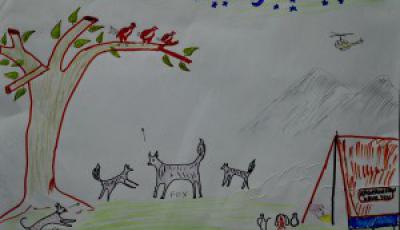
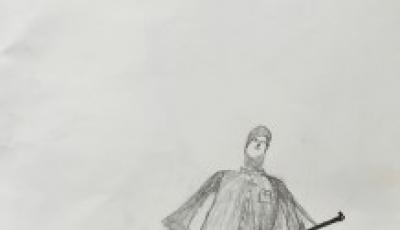
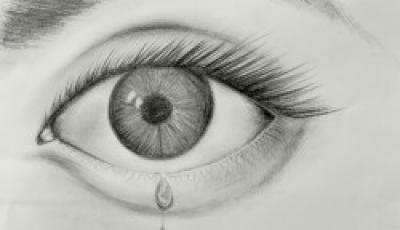
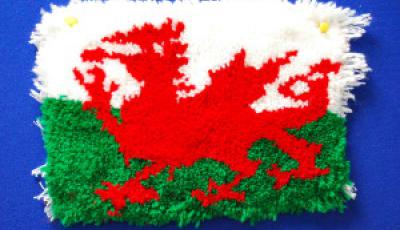
Beaded bracelets are painstakingly measured out first on graph paper. Some just put their own name on it, most include that of their wife or girlfriend, joining their names together with a heart. Framed on the wall is an elaborate example made by a previous occupant, who beaded in the phone number and address of Campsfield House, and a plea for help.
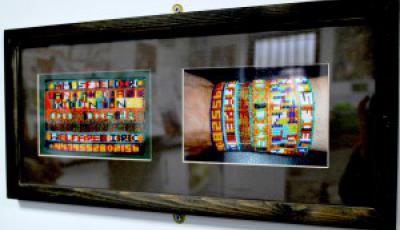
This is not surprising, since art and craft is both a matter for leisure time, and most of those in immigration detention have been busy trying to work or get by, and also it remains, at least in many cultures, feminised activity. While some, like the man from Iraq, may have learned some skills as a trade, (and indeed, a number of men who have worked as tailors use the sewing machine to repair and alter clothes) much of what the men make is totally new for them.
So what can these objects tell us?
Most obviously, art and craft offers an important resource for coping. The young man who sends cards to his daughter, has been struggling to keep up his spirits. Drawing, colouring, sticking, creating, pass the time and keep his mind focused.
The projects also enable and generate cultural sharing. When examining the images on the wall, it is not wise to assume the national origin of the author, since drawings of weeping willows and boats, that look classically Chinese, may be done by a Ghanaian, and likewise, paintings of the African Tundra may have been made by a man from India. While certain images or representations seem to be associated with particular religions or nationalities – most often religious icons, but also in the ways of drawing trees and bird or in the fruit that is represented – there is a lot of mixing.
The week before Christmas, the men made tie-dyed t-shirts. This activity, which is offered once a month, is popular, and the room was full. As it became time to unwrap the threads and elastic bands, to reveal the pattern, the men stood around watching. As the image emerged, each time, they commended one another on the beauty of the creation, pointing enthusiastically at the happy accidents in colour mixing that this form of art makes, while the artist stood proudly and had his photograph taken by the teacher.
It is easy to be cynical about the kinds of activities on offer in immigration detention. And to be sure, no amount of creative work can change the outcome of a person’s immigration case. Yet, it would be wrong to dismiss these kinds of activities as solely about maintaining order or fulfilling the contract. Even if that is their bureaucratic intent, in the doing of them, the men and the teacher, ensure they are far more than this.
The art room at Campsfield House is a powerful antidote to simplistic accounts of immigration. The objects that are made, the reasons for their creation, the desire of the men to reach out to their family members, to experiment with new ideas, to learn, to make and to do, are both familiar and sometimes surprising. They speak of shared ideas and aspirations as well as revealing cultural practices and differences. Witnessing the enthusiasm and the friendships in the room as well as the sorrow and frustration of those passing their time, is profoundly moving. Art reminds us vividly that IRCs are not sites of 'bare life', but places where, often under very difficult circumstances people are living, making, thinking and doing. I am still learning how to make sense of objects. They are not the traditional material for criminological inquiry, but they tell us a lot and are worth including in our analysis.
Any comments about this post? Get in touch with us! Send us an email, or post a comment here or on Facebook. You can also tweet us.
__________
How to cite this blog post (Harvard style):
Bosworth, M (2015) Making Art in Immigration Detention. Available at: http://bordercriminologies.law.ox.ac.uk/art-in-immigration-detention/ (Accessed [date]).
Share:








